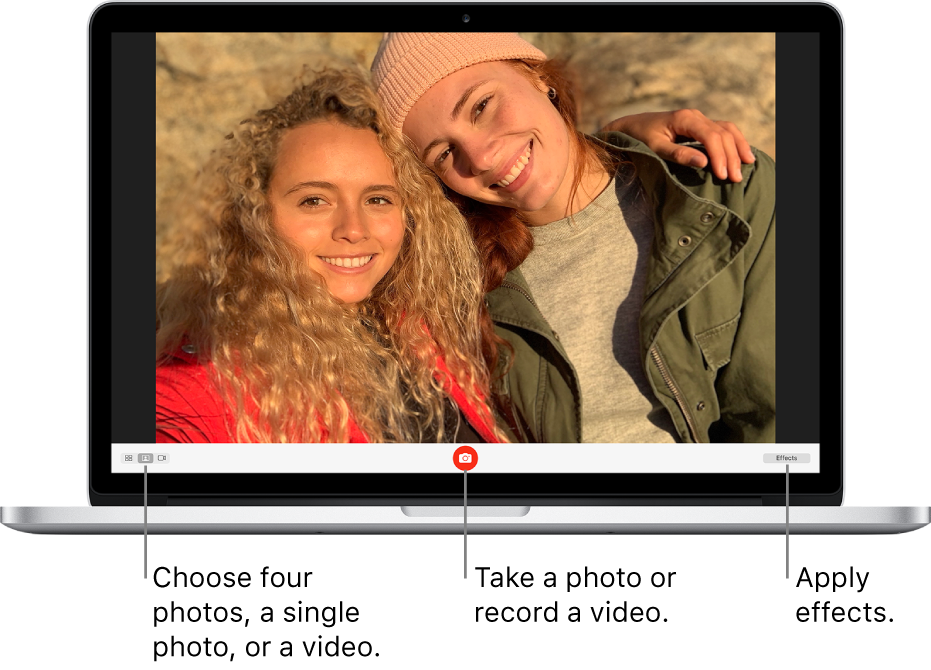


You can adjust exposure time, aperture, brightness, contrast, zoom, backlight compensation, focus, and lots more-depending on the hardware features of the camera you’re adjusting. It works fine on macOS Big Sur and Apple Silicon macs (through Rosetta), and directly controls features of your webcam, so it works with nearly every app. Webcam Settings gives you more control over your FaceTime camera.Ī better solution is probably the Webcam Settings app, which you can grab for $7.99 in the Mac app store. Second, it creates a “virtual webcam” which works fine with some apps (like newer version of Zoom) but not with FaceTime, Photo Booth, or newer versions of Skype. We find it has a lot of great features, but it’s hard to recommend.

One of the more frequently mentioned options is iGlasses. There are several apps out there that let you change the settings on your Mac webcam. Wether you’re using third-party webcam hardware or Apple’s built-in FaceTime camera, you have options, if you’re willing to invest a bit of money in an app. If the video app you’re using doesn’t have its own controls, you’re out of luck.Īll hope is not lost, though. There’s no System Preferences adjustment for the FaceTime camera on a Mac. Just as annoying as the lackluster hardware is the fact that Apple doesn’t give users any built-in control to improve quality themselves. The company that made it such a priority nearly 20 years ago with the iSight camera, and brought video calls to our collective consciousness on phones with FaceTime, seems content to sell expensive computers with frustratingly awful webcams, year after year. When it comes to video conferencing on a Mac, Apple seems frustratingly in the dark.


 0 kommentar(er)
0 kommentar(er)
